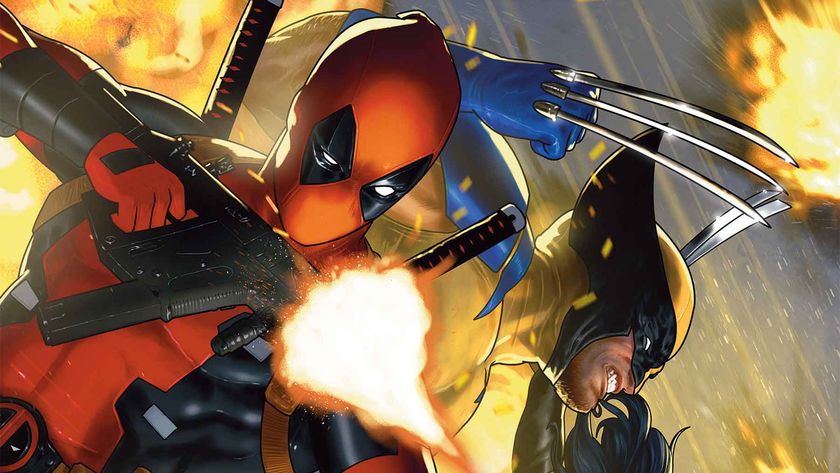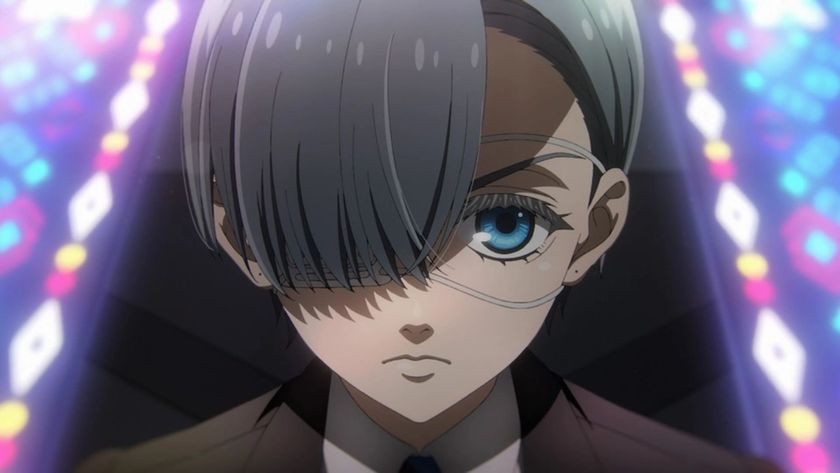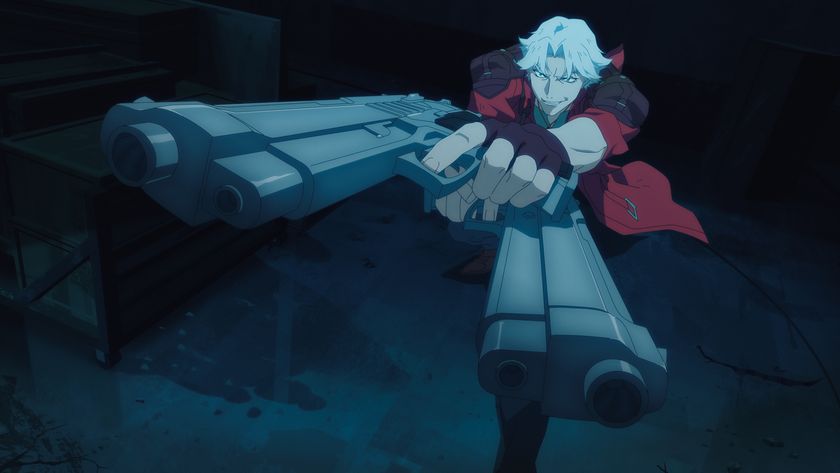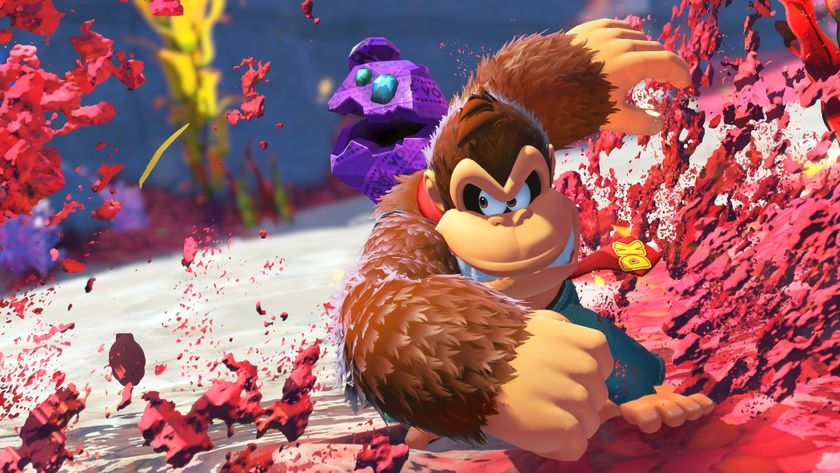Best Shots Advance Review: Stephen King's Sleeping Beauties #1 (8/10)
IDW Publishing's adaptation of Stephen King's prose novel gets off to a strong start
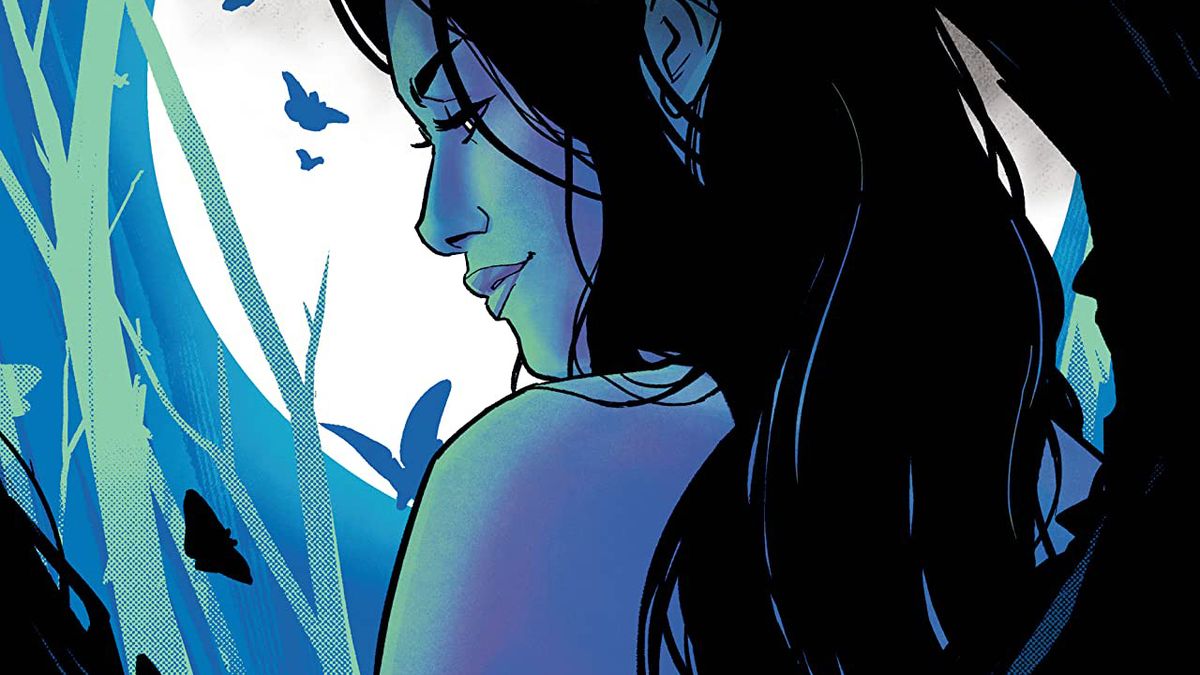
Sleeping Beauties #1
Written by Rio Youers, Stephen King and Owen King
Art by Alison Sampson and Triona Tree Farrell
Lettering by Christa Miesner
Published by IDW Publishing
'Rama Rating: 8 out of 10
If there’s one thing more abundant than Stephen King novels, it’s adaptations of his work. Constant Readers have no shortage of films and TV shows bringing the master of the macabre’s works to life, even if several of them have been less than well-received by audiences and critics. So, perhaps it’s appropriate that Sleeping Beauties, one of King's most complex novels of the last few years, is first adapted in a medium that allows for a more serialized exploration of its themes.
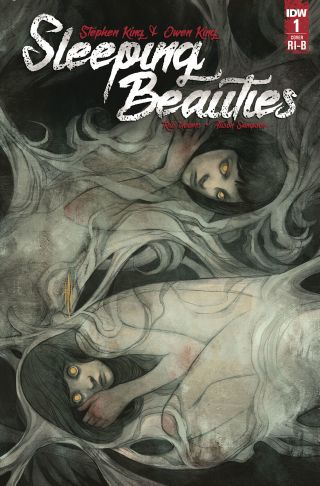
Co-written with his son Owen King, the 2017 novel is one of King's strongest ensembles and character-based pieces since Salem's Lot or The Stand. Sharply contemporary, the two Kings did a remarkable job in creating a morally ambiguous set of misfits who slowly build their way into your conscious mind. In the first issue of this IDW adaptation, writer Rio Youers spends most of his time introducing us to the cast.
The premise is not too far removed from some of his previous works, a mysterious virus known as "the Australian Fainting Sickness" starts to move across the globe. Only affecting women, it sends its victims into a deep sleep and covers them with a web-like, gauze-y substance. In this dialogue-light first issue, Youers brings us into a small town starting to see the first signs of the epidemic.
In the middle of 2020, the idea of a mysterious pandemic making its way across the globe is less speculative fiction than it is headline news. Yet like King’s best work, the overarching narrative is simply an excuse to put a microcosm of humanity together and see what happens next. If you’ve read the novel, you’ll know exactly how this is going to play out, but Youers only scratches the surface of the 700-page novel here.
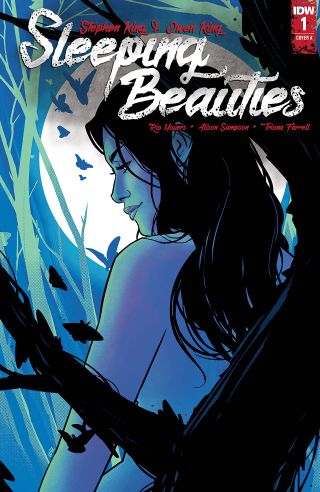
Indeed, one of the issues some readers found with the source material was the sheer weight of keeping up with players. In the first 20 pages of this comic alone, we’re introduced to around a dozen voices that we will continue to return to over the course of the limited series. One must wonder if that’s going to be a potential barrier in single issues, although the faster pace of a biweekly release schedule may help that significantly.
Thankfully, the gorgeous art of Alison Sampson and Triona Tree Farrell is a joy to devour as this slowly rolls out. Much like the story itself, Sampson’s deceptively straightforward line art is a striking approach to the material that gets more complex as the book unfolds. This issue may open with a three-panel series of close-ups, but by the fourth page, you could be forgiven for getting lost in the intricate series of objects scattered around a drug den kitchen.
Comic deals, prizes and latest news
Get the best comic news, insights, opinions, analysis and more!
And that's Sampson’s real skill in a nutshell — taking a firmly character-centric arc and imbuing the story with visually engaging hooks. For example, the mysterious "Avon Lady" is introduced nude, and walks through the panels like a totem of doom. The signs of the sickness are subtle at first, mere tendrils of webbing, but soon dominate the panels. At times, a violent piece of imagery will dominate the page, such as a series of quick horizontal panels showcasing a bloody attack on the drug kitchen. At other times, the page bursts into a starburst of butterflies. It’s that kind of book.
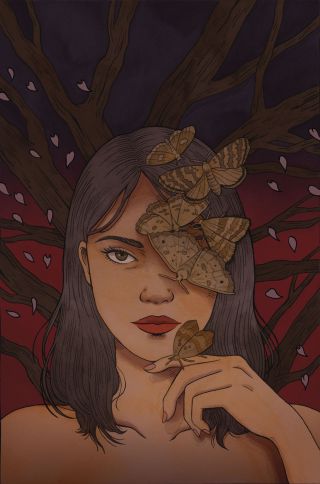
It’s these latter moments where Farrell’s color art comes to the fore, a palette of muted tones that somehow burst into flurries of vividness without changing their downbeat approach. Using color as a scalpel-sharp tool, we watch the faded blues of the outdoors and retro-chic of a family home explode into red and orange at three key moments.
It’s yet to be seen how Youers and the art team will compress the lengthy text into a 10-issue series without losing something. Nevertheless, this first issue certainly achieves its goal of drawing us into its world and hooking us for the next chapter. Time will tell if it will work as a standalone enterprise, especially when eventually collected, but for now, it’s a worthy complement to the novel and a different way of enjoying this timely tale.
Richard is a culture journalist covering comics and film. He's written for Newsarama for a number of years. Based in Australia, Richard is the editor of The Reel Bits, and is writing a novel called Moving Target.
